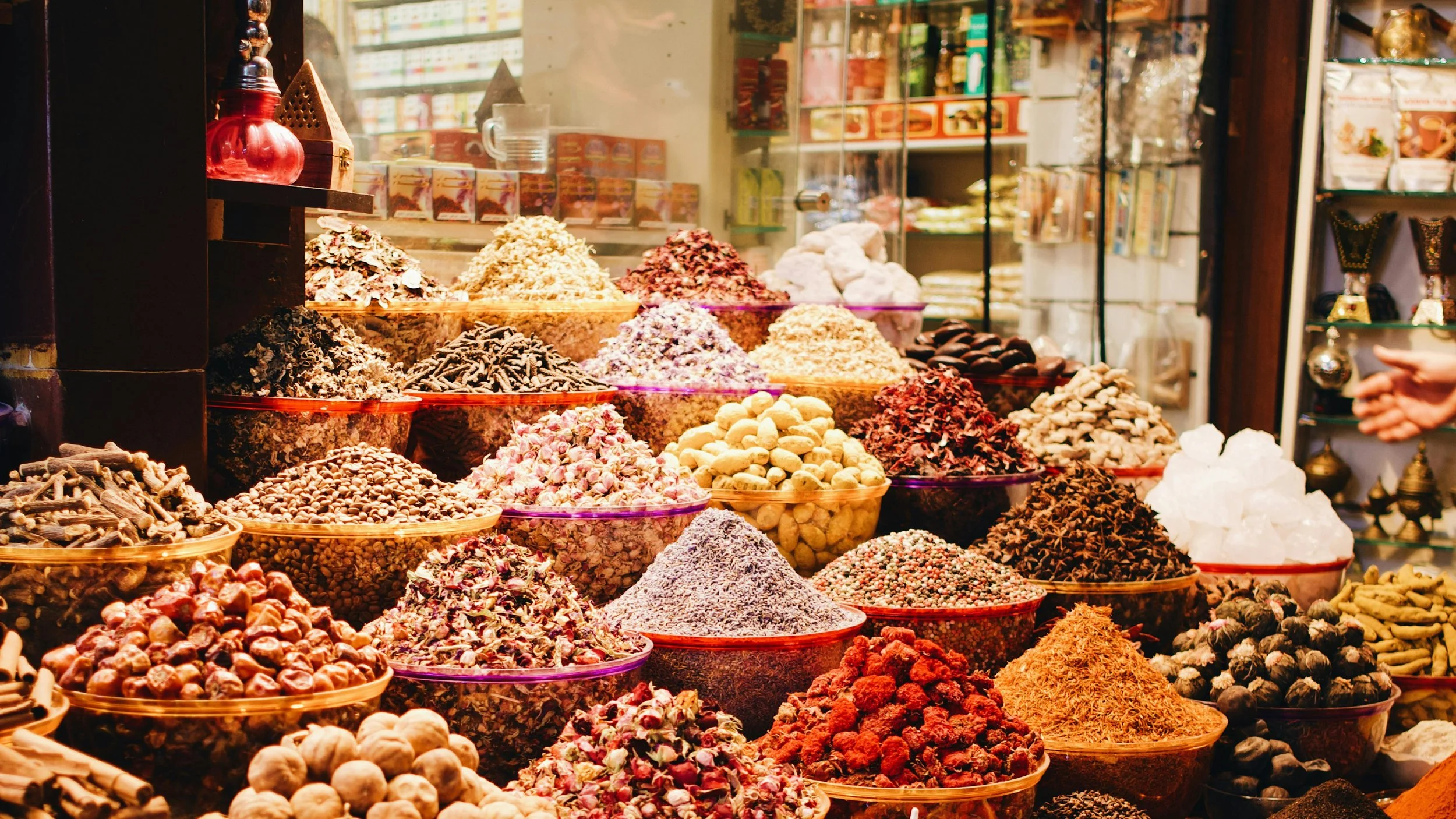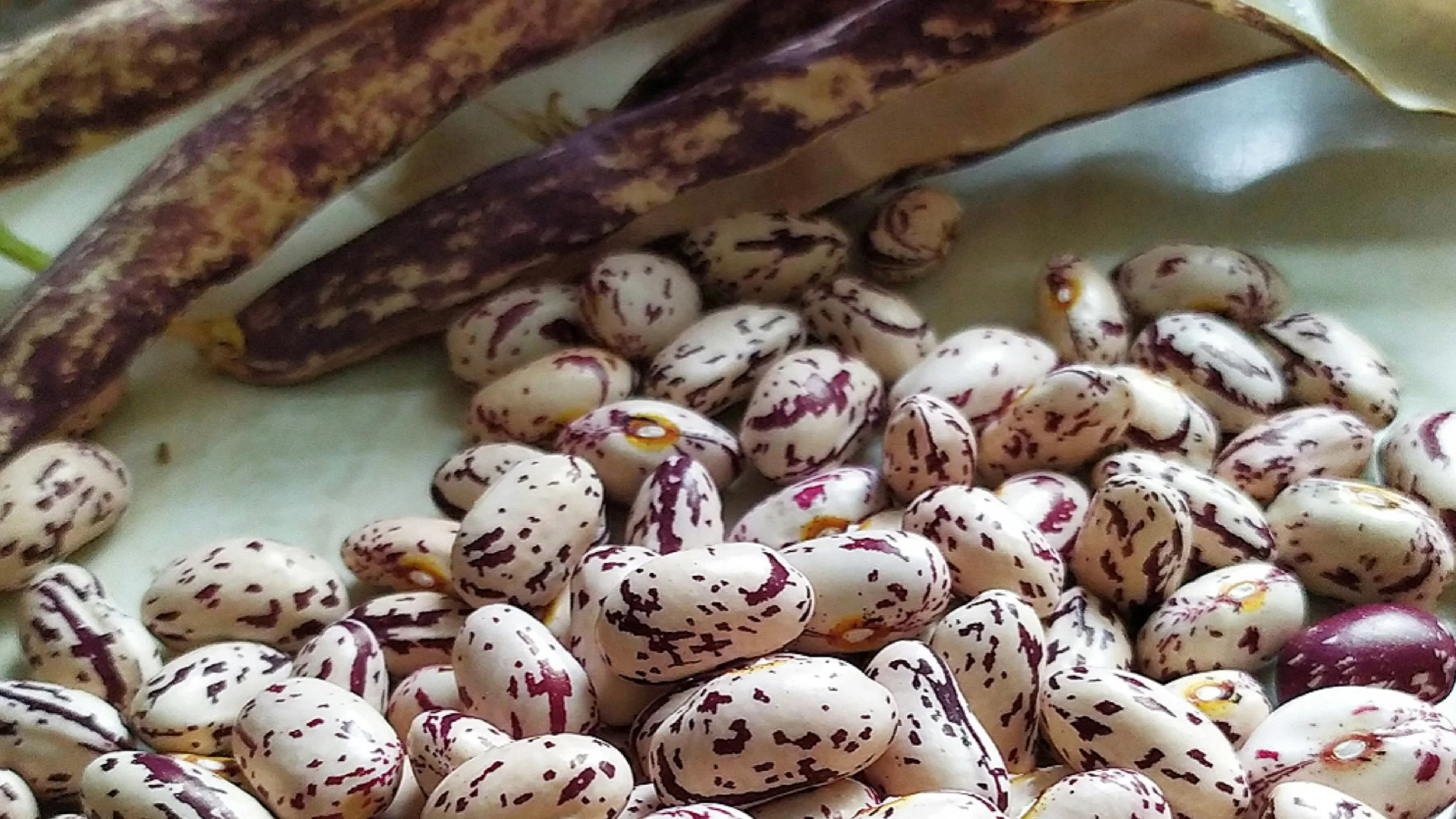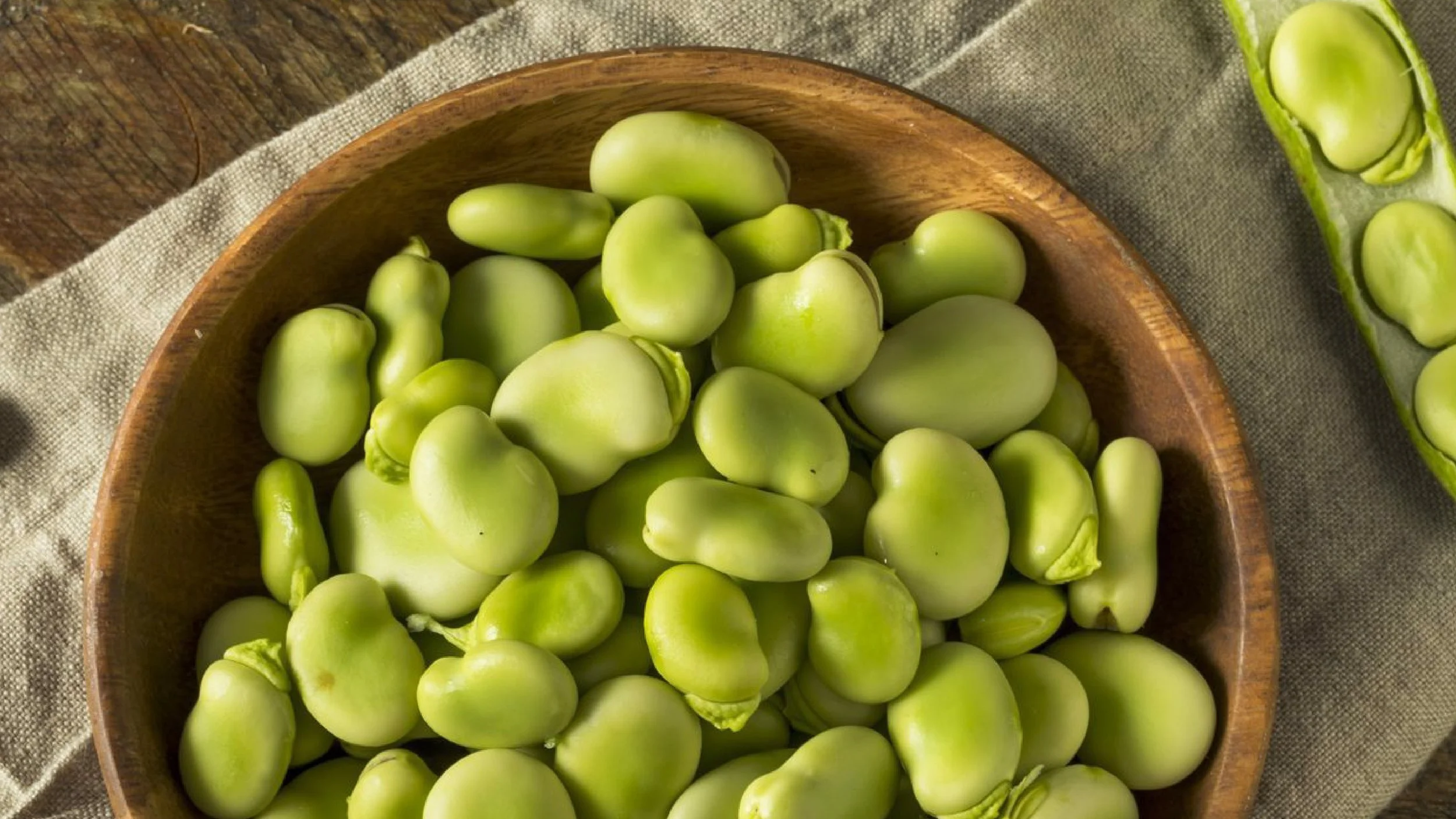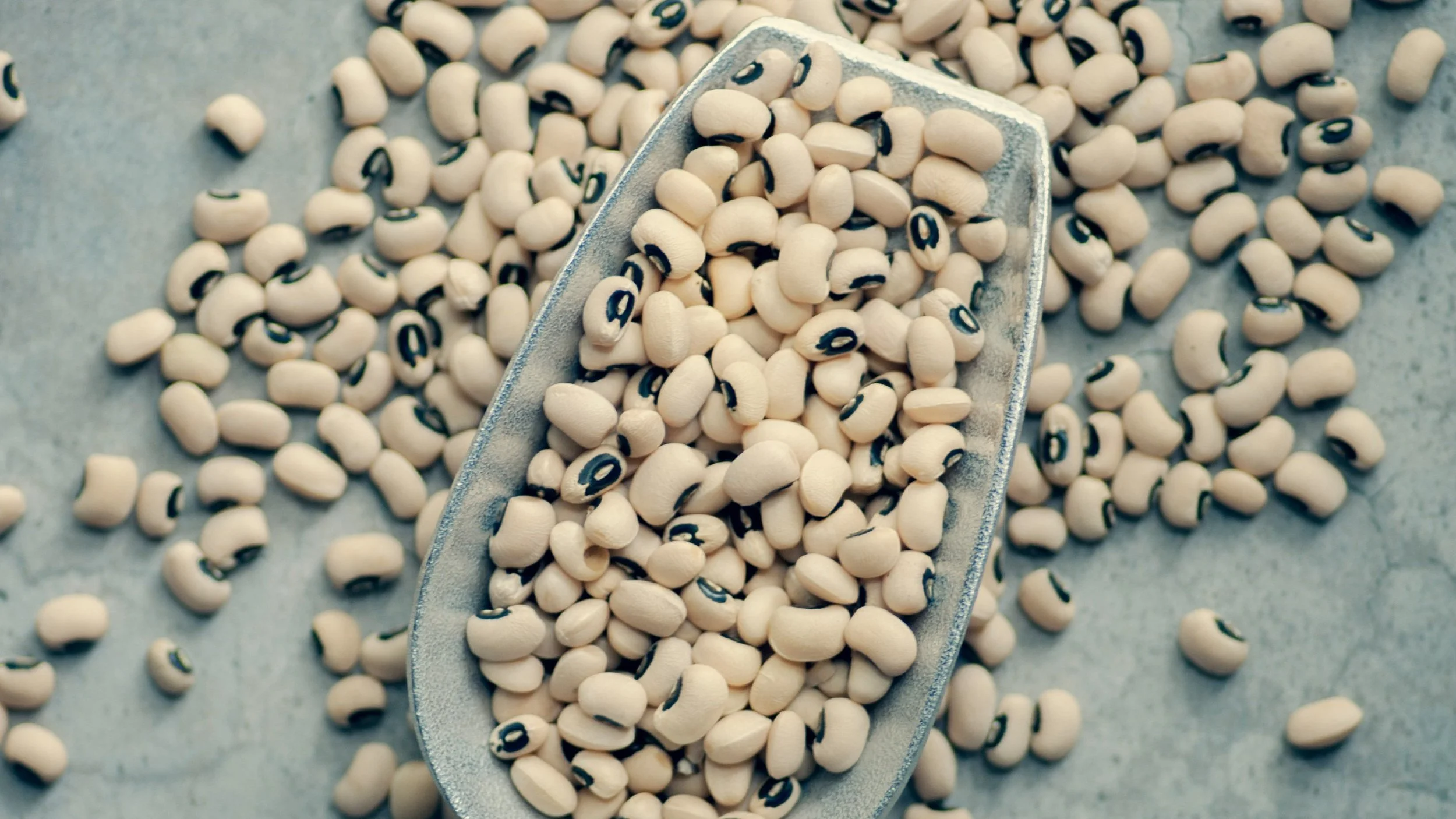Legumes
Herbalist (Aktar)
A herbalist store (aktar) in Istanbul typically has a façade less than three meters long – and yet, there is nothing that cannot be found in that tiny shop.
A typical herbalist’s three walls are covered with shelves from the floor to the ceiling. On the shelves stand jars full of an endless variety of items: herbal teas, oils, food supplements, spices, dried foods, packaged teas, dried herbs, mustard powder, tomato and pepper pastes. From the ceiling hang dried vegetables – especially aubergines and red peppers. On the floor, sacks sit in rows: legumes, bulgur, rice, walnut, chestnut, ginger, soap. And, on display next to the cashier are more “modern” items: lozenges, seeds, room fresheners…
Not only are herbalists multi-purpose shops, but they also transcend temporal boundaries, bringing together the old and the traditional (dried herbs, loose teas, unpackaged spices) with the new and the modern (packaged goods, food supplements, room fresheners).
Despite drastic changes in urban lifestyles and culture, for centuries herbalists have continued to remain relevant, adapting, when need be, to shifting demands and needs.
There has been a spike in the number of herbalist customers in recent years as a result of the rise of wellness trends all over the world. As herbalists tapped into natural living, alternative medicine, and healthy eating trends, their popularity has skyrocketed. So, today, herbalists, particularly those located in well-to-do neighborhoods, focus on organic legumes and herbs, and spices with proven health benefits such as turmeric, sage, ginger, and fenugreek.
Professing in the harvesting and using of natural products for healing purposes dates back to 300 BC Alexandria. Called herbaria, these ancient men of herbs gathered and sold roots. A similar profession, kökçü (literally, rooter) was the frontrunner to herbalists in Ottoman lands.
Until the 19th century, herbalists in Constantinople worked in cooperation with doctors, preparing medicine and filling prescriptions. However, with the emergence of modern pharmacies, they turned their focus entirely to herbs, spices, and legumes.
Constantinople has traditionally been swarmed with herbalist stores because the imperial capital has been at the very center of the herbs and spices trade from the 6th century onwards.
Until the 14th century, most of the herbalist shops in the city were concentrated around the Hagia Sophia. After the Ottoman conquest, the highest concentration was in the Egyptian Bazaar, aptly named as herbs, spices, oils, and many other items herbalists sold came from India and Arabia via Egypt. After the 1940 fire, Egyptian Bazaar ceased to primarily house herbalists. Today, herbalists – some traditional, some modern – are spread over the city, with at least a couple serving their regulars in every neighborhood.
Edmondo de Amicis, who visited Istanbul in 1877 noted that as soon as he entered an herbalist, he was struck with a very strong aroma. Likewise, Theophile Gautier, who was in Istanbul in 1854, wrote that the exotic aromas of the various items on sale (henna, sandalwood, antimony, dates, cinnamon, frankincense, grey amber, resin, opium, and ginger) had an intoxicating effect not only on the customers but also passers-by.
Alfred Heilbronn, a 19th-century German botanist provides us with the most expansive list of items found in an herbalist: frankincense, soapwort, lemon salt, peach pits, legumes of all kinds, cistus, flaxseed, black pepper, chili powder, angel’s trumpet, cinnamon, cloves, allspice, mint, resin, cornsilk, beeswax, coriander, fructus myroba, salep, all sorts of spices, buckwheat, sesame, black cumin, juniper, yellow weed, clover leaves, jasmine, opium seeds, marsh mellows; and also their signature mixtures – thyme juice, bitter almond syrup, mercury lotion, poppy paste, rose vinegar, flaxseed paste, poplar ointment, ether, chickpea plasters, frankincense juice.
Borlotti Beans
It is generally believed that borlotti beans were first domesticated in Colombia around 80 centuries ago. A variety of cranberry beans, borlotti made its way to Europe in the 16th century and rapidly became a prominent feature of the Mediterranean culinary culture. Among the most famous borlotti dishes are: stew with pancetta (Italy), stew with tripe (Portugal), salad with spinach and feta cheese (Greek), and last but not least, pilaki (Turkey).
Like many an edible, the arrival of borlotti on Istanbul’s neighborhood market stands signals the turning of the season. Urban market-goers are drawn to the heaps of distinctively purple-streaked pods like flies to honey as they know that these tasty beans – like the city’s other favorite offering, sour green plums – have a very short life span. So, until mid-summer, Istanbulites procure, consume, and freeze copious amounts of borlottis.
Although they lose the amazing purple streak when cooked, the borlottis have a creamy texture and delicious flavor that make up for this visual regression.
Onions and garlic give the pilaki sauce its unmistakable flavor, and tomato/pepper paste its distinctive color. However, what truly distinguishes Istanbul’s pilaki from other borlotti dishes is cinnamon, which not only enriches the dish’s flavor but also intensely enhances its aroma.
Podding is one of the most traditional and entertaining social activities of Istanbul’s summers – or at least the borlotti season. Families or friends get together in the kitchen, let the afternoon breeze in, and pod away the hours as they converse on a whole range of topics (including but not limited to gossiping, football, and politics) while sipping at their scalding-hot Turkish coffee.
Fava (Broad) Beans
Broad beans are one of the most commonly used legumes in Southern European and North African cuisine.
Both fresh and dried broad beans occupy an important place in Istanbul’s culinary culture. Fresh broad beans appear in the neighborhood markets in late spring and early summer and are often consumed with garlicised yogurt, olive oil, and dill. Dried broad beans, often bought at herbalist shops, are predominantly used for fava and served with caramelized red onions.
Although in Istanbul the name fava implies that the meze’s main ingredient is broad beans, other types of legumes are used in different regions. For instance, in Asia Minor – a regions whose culinary culture has been to a very large extent shaped by the eating habits of Greek Islands in the Aegean Sea – favas are made with split yellow peas.
Black-eyed Peas
This petite, curve-shaped subspecies of cowpeas gets its name from the black circle – the eye – that develops at the exact spot where the bean attaches to the pod.
Although originally from Western Africa, black-eyed peas have been cultivated in China and India since prehistoric times we well. They feature in almost every cuisine all over the world and in some culinary cultures – such as southern American – eating them on the New Year’s Eve is believed to bring prosperity.




